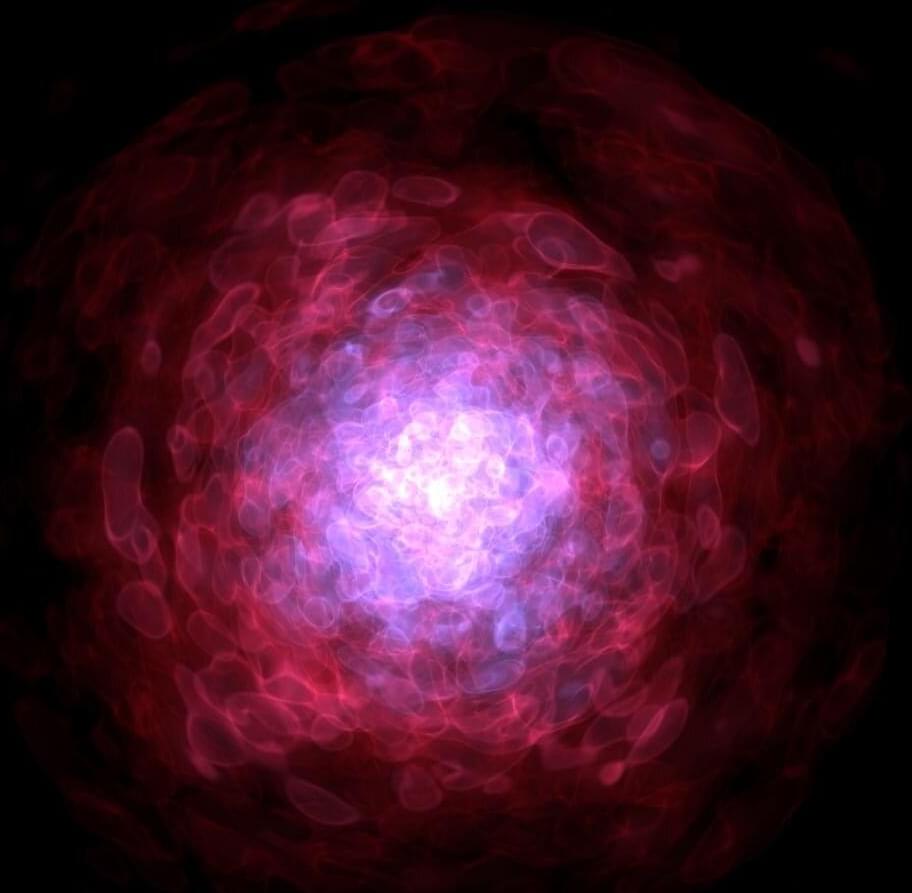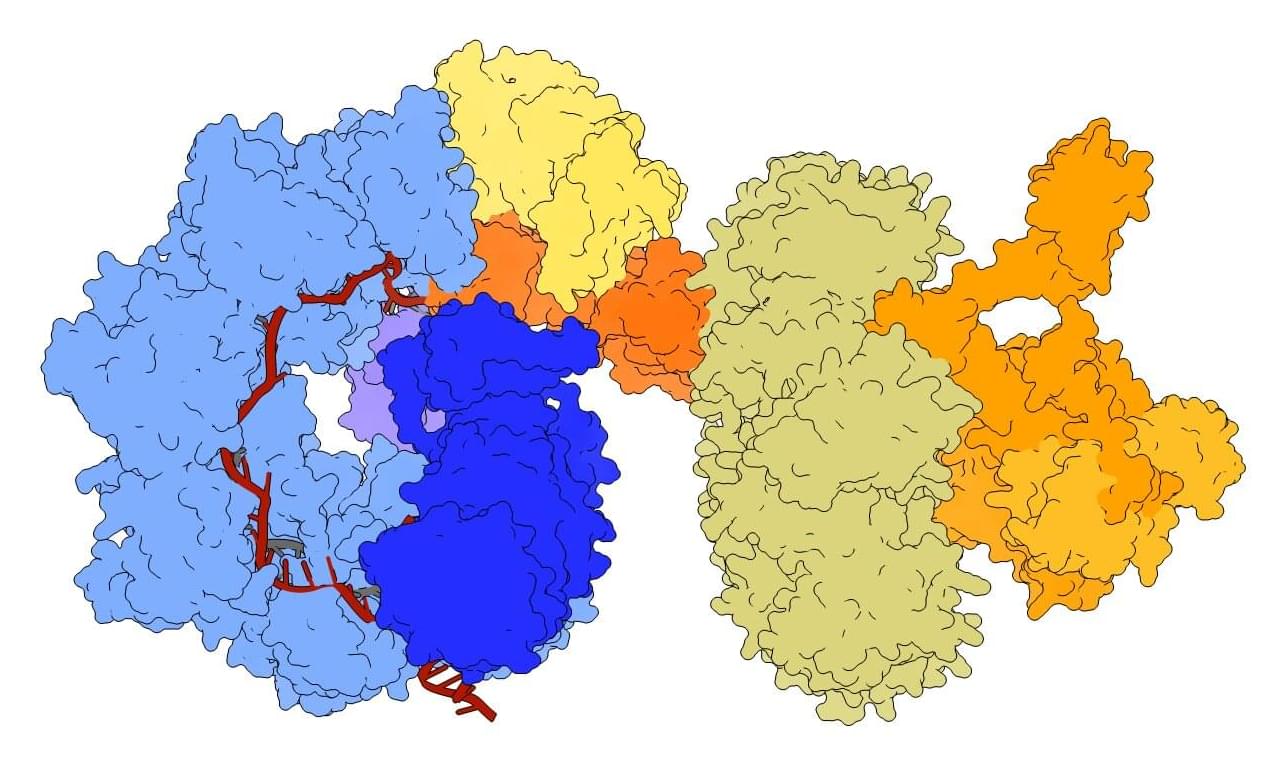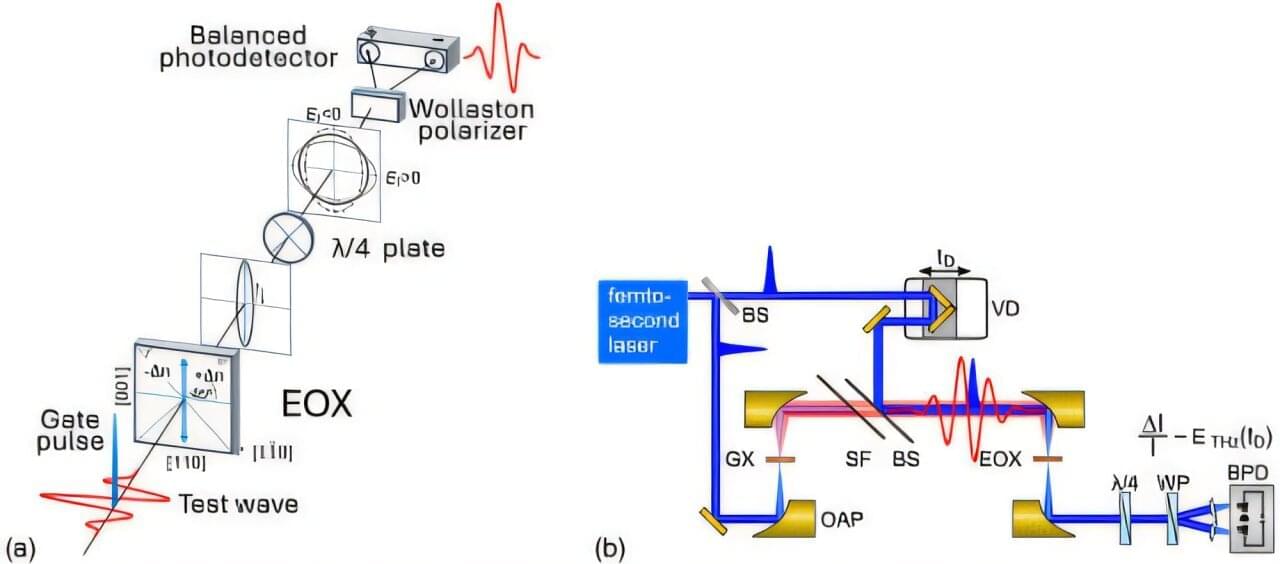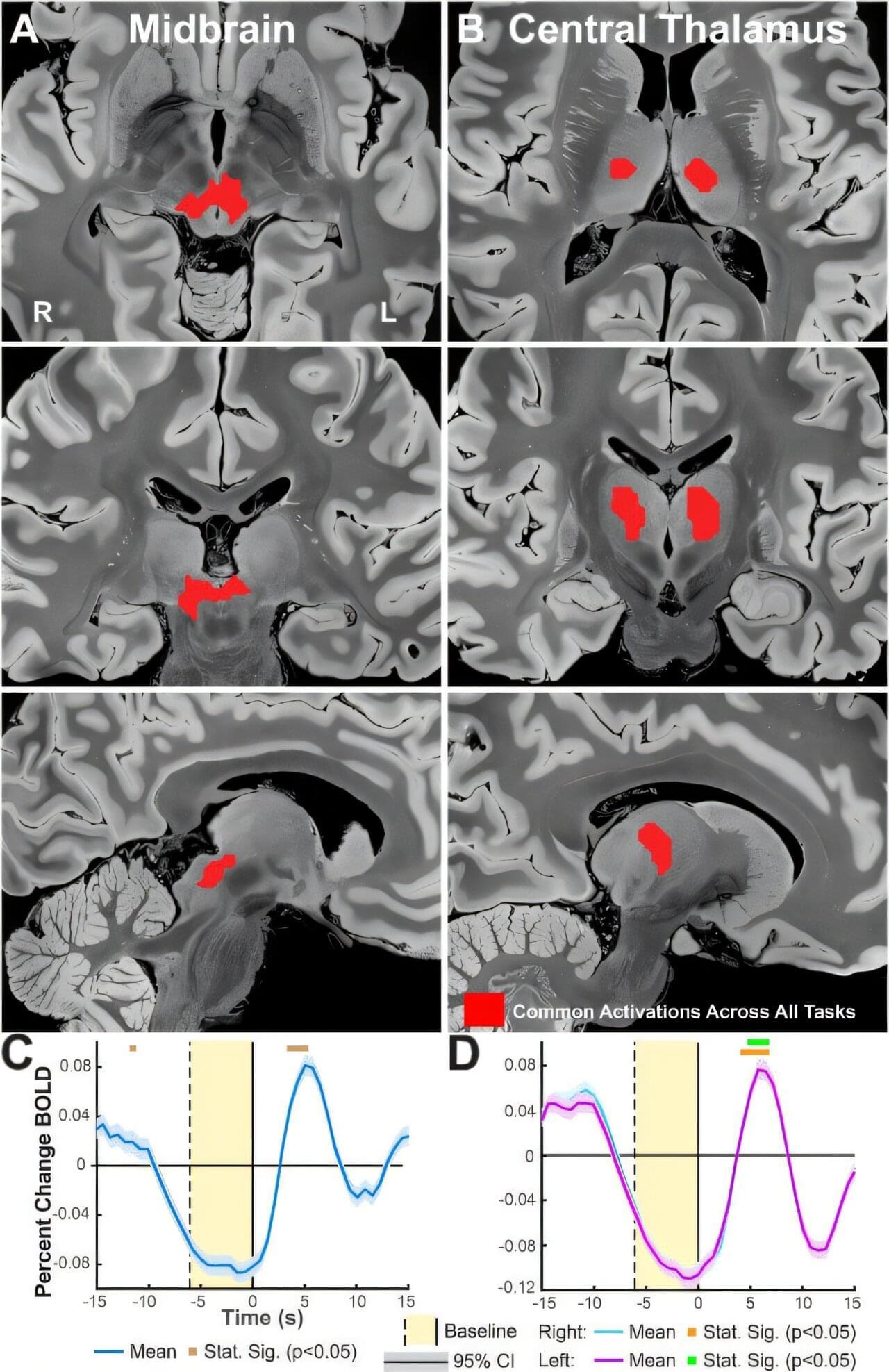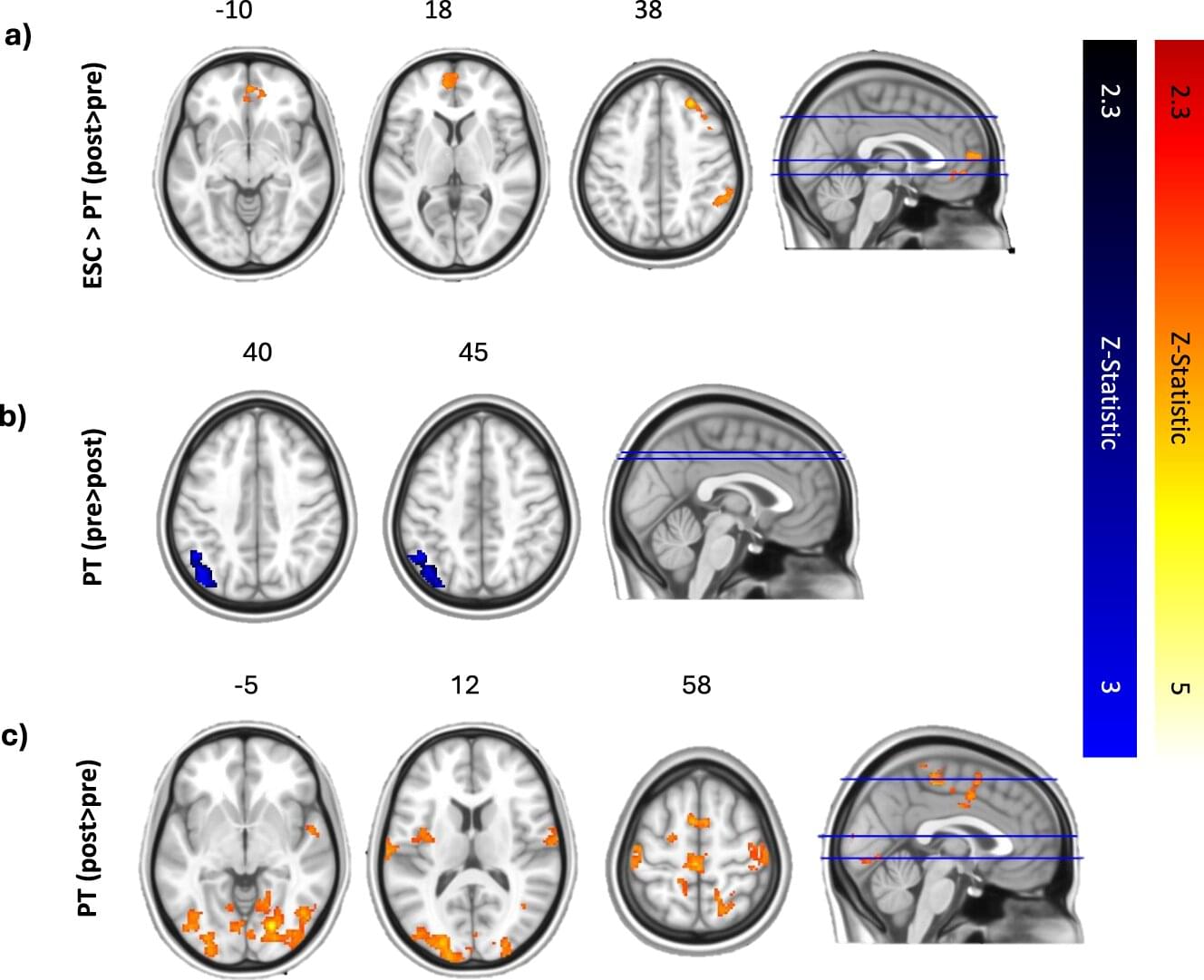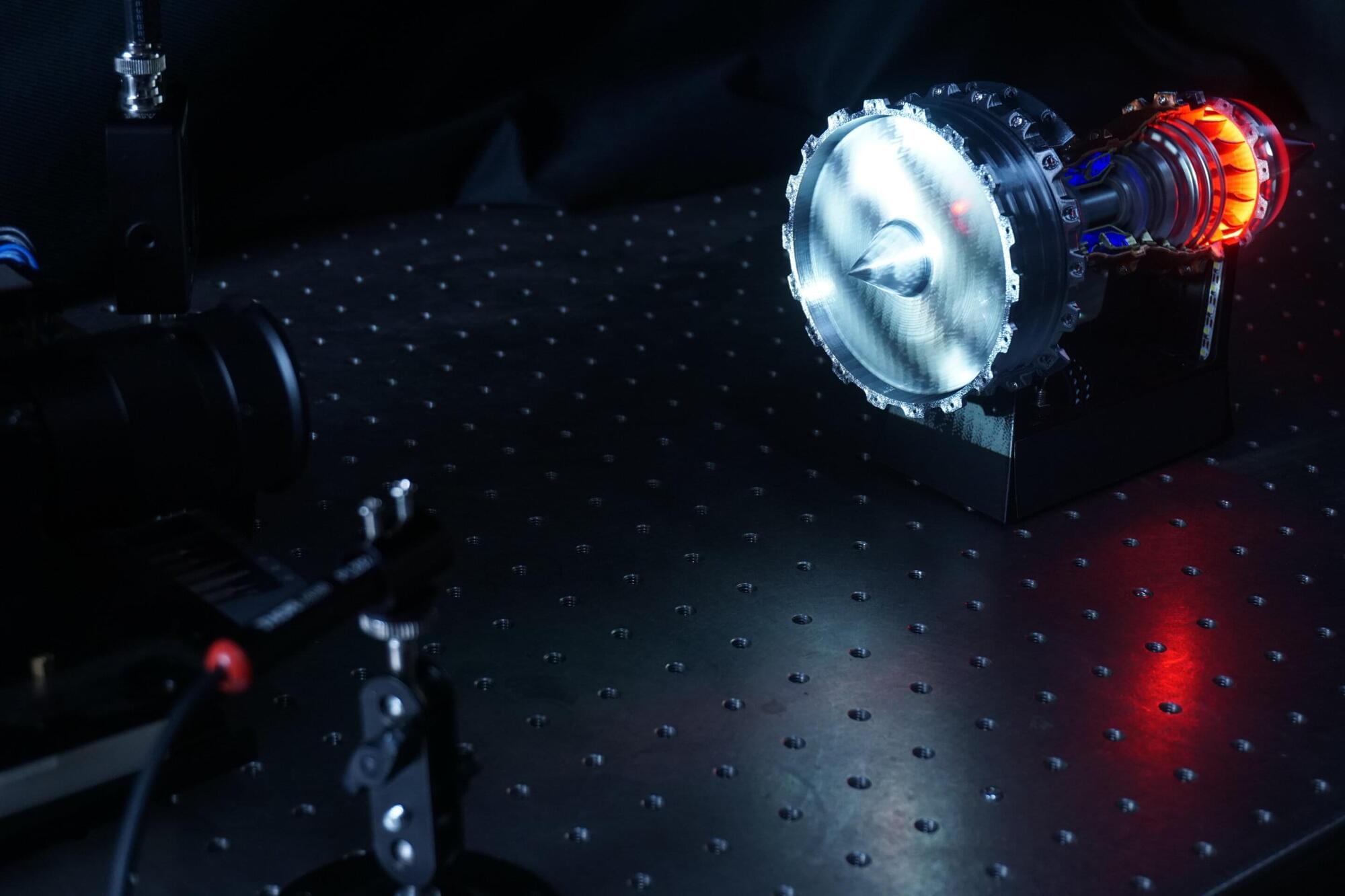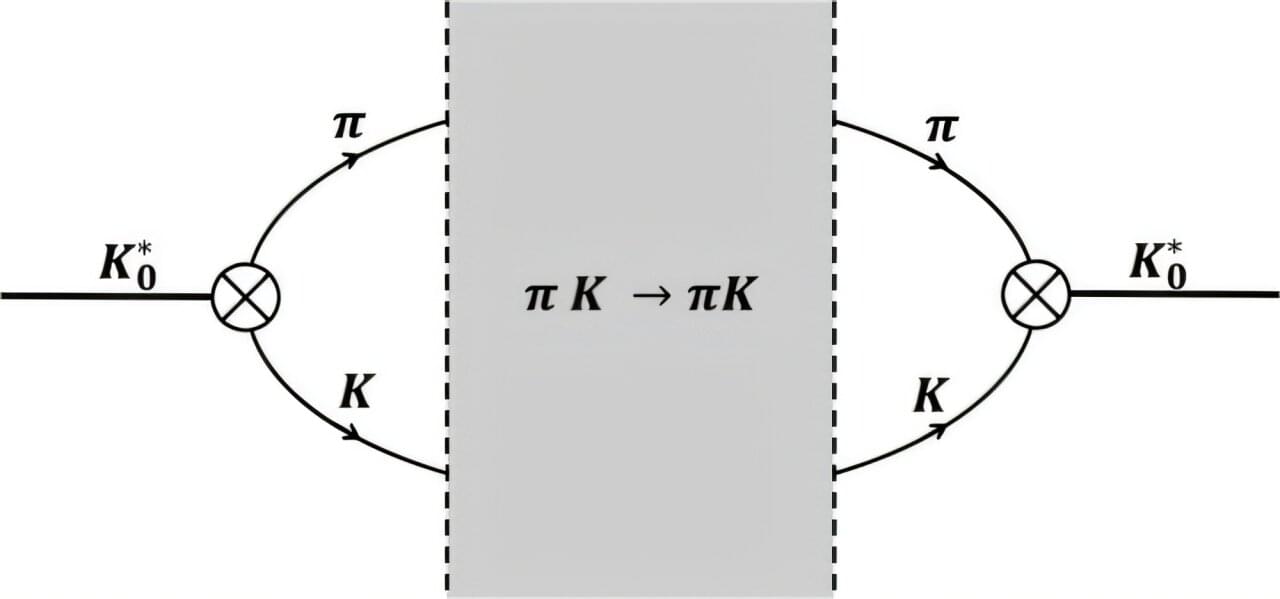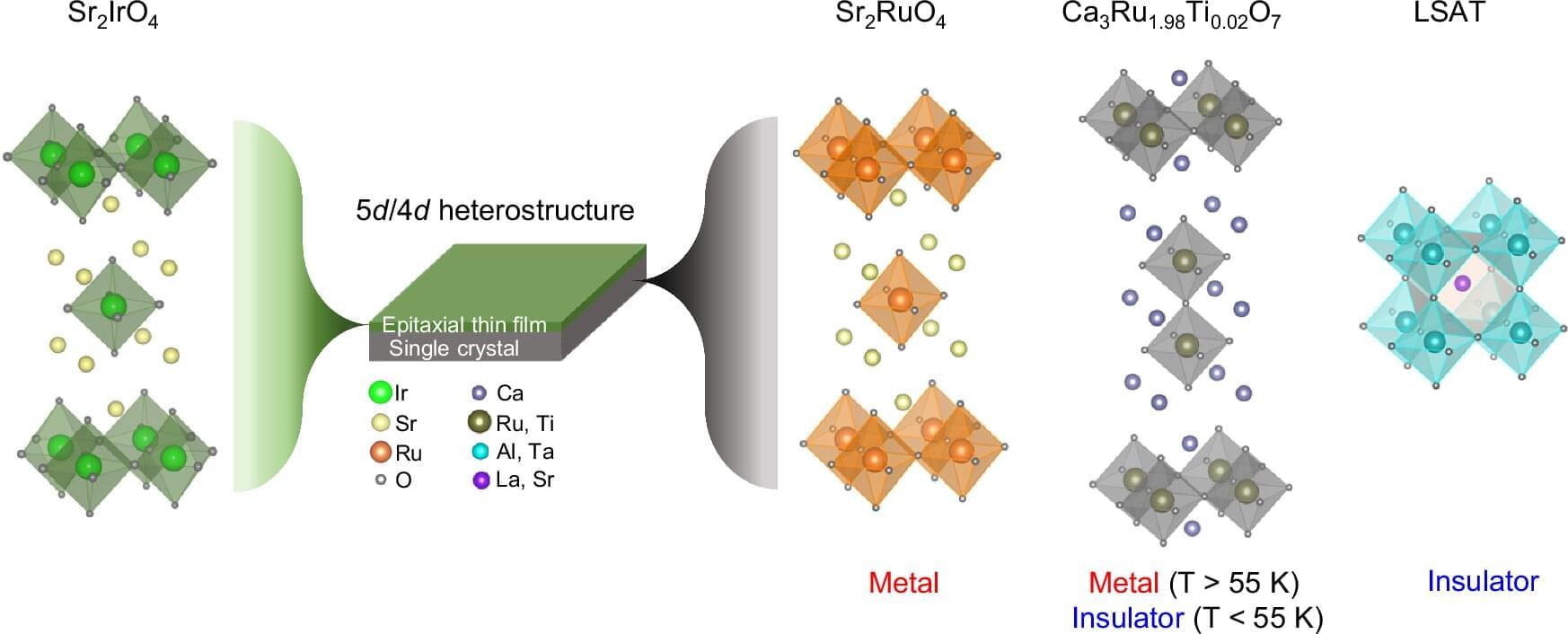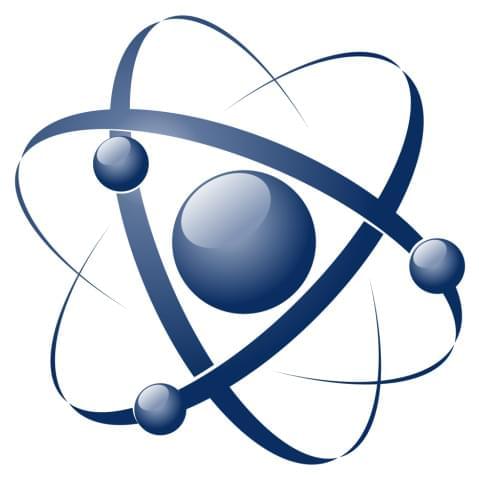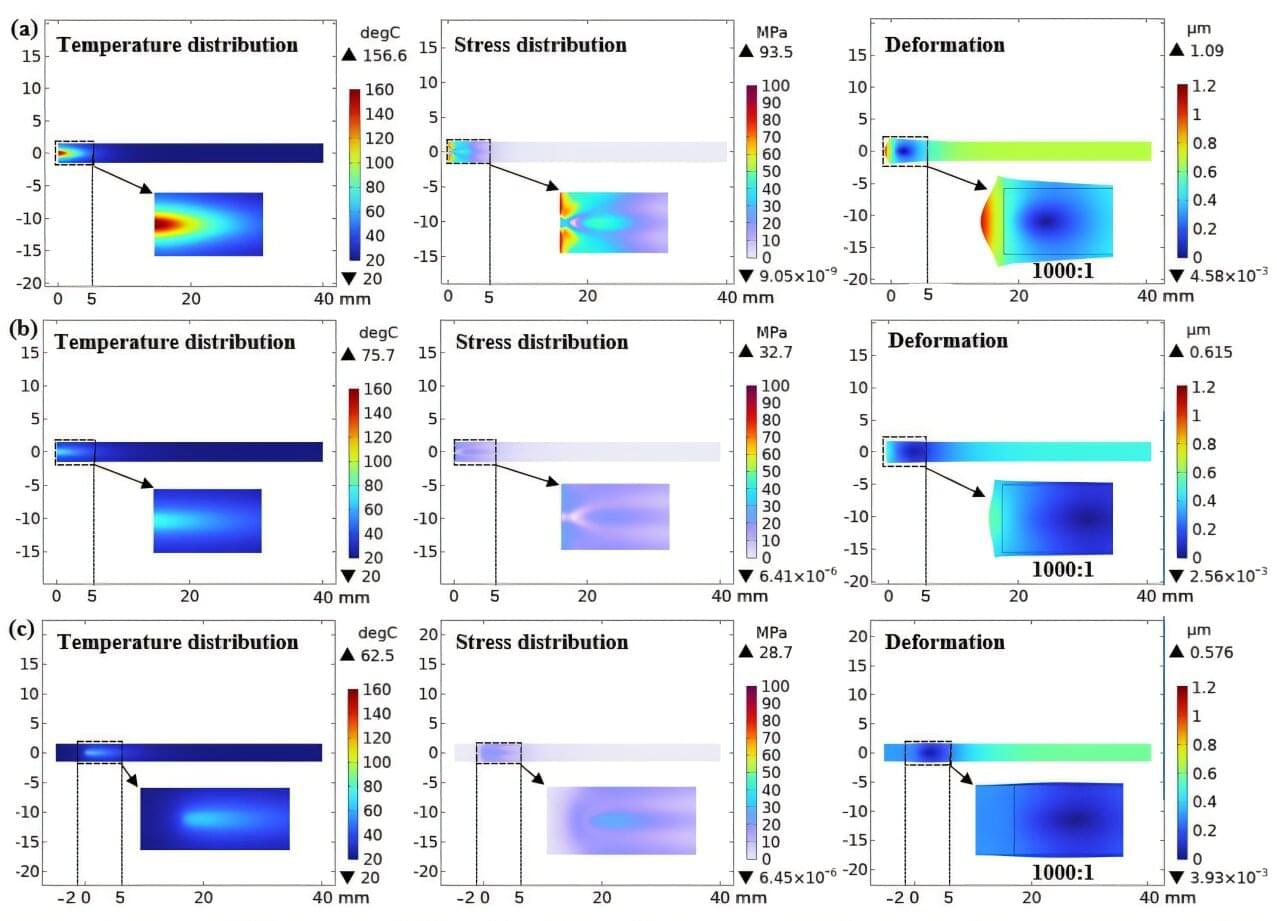In a new study published in Physical Review Letters, scientists have estimated a new lower bound on the mass of ultra-lightweight bosonic dark matter particles.
Purported to make up about 85% of the matter content in the universe, dark matter has eluded direct observation. Its existence is only inferred by its gravitational effects on cosmic structures.
Because of this, scientists have been unable to identify the nature of dark matter and, therefore, its mass. According to our current model of quantum mechanics, all fundamental particles must be either fermions or bosons.
